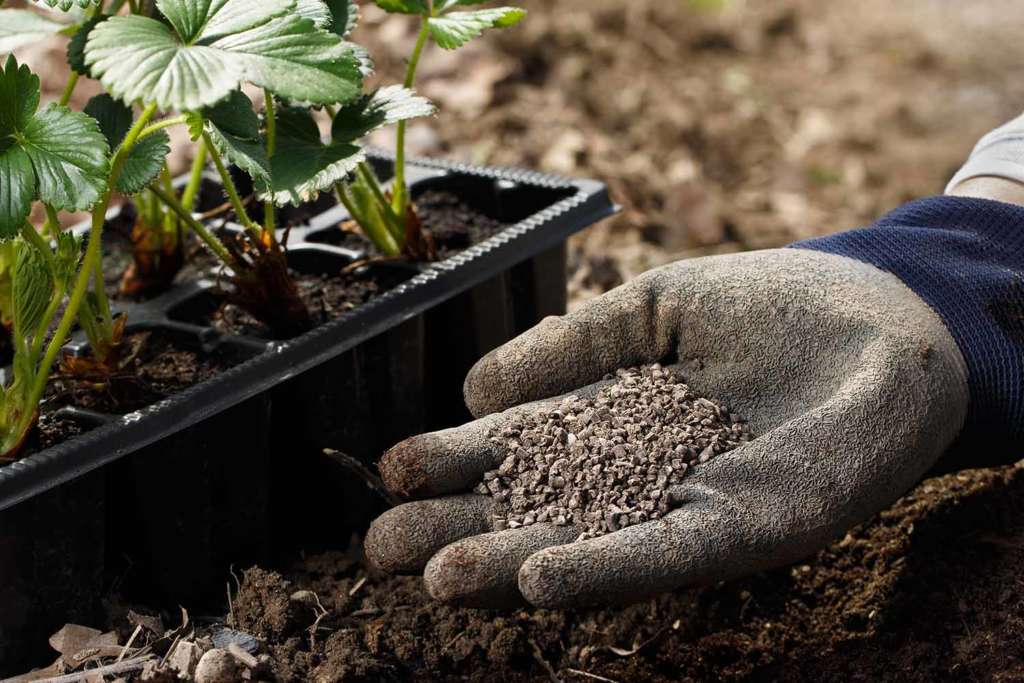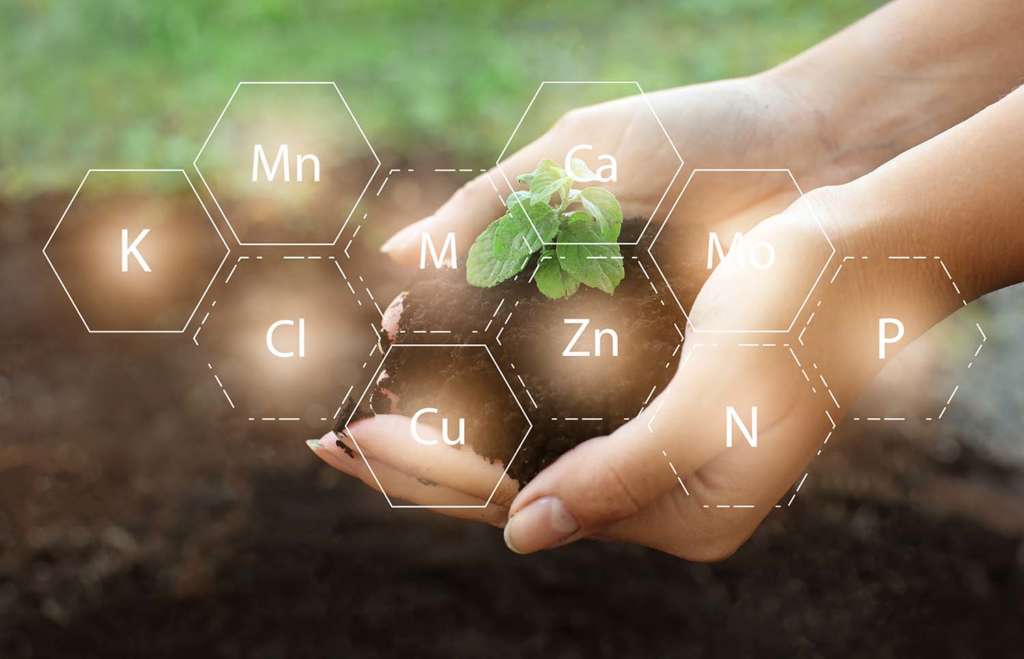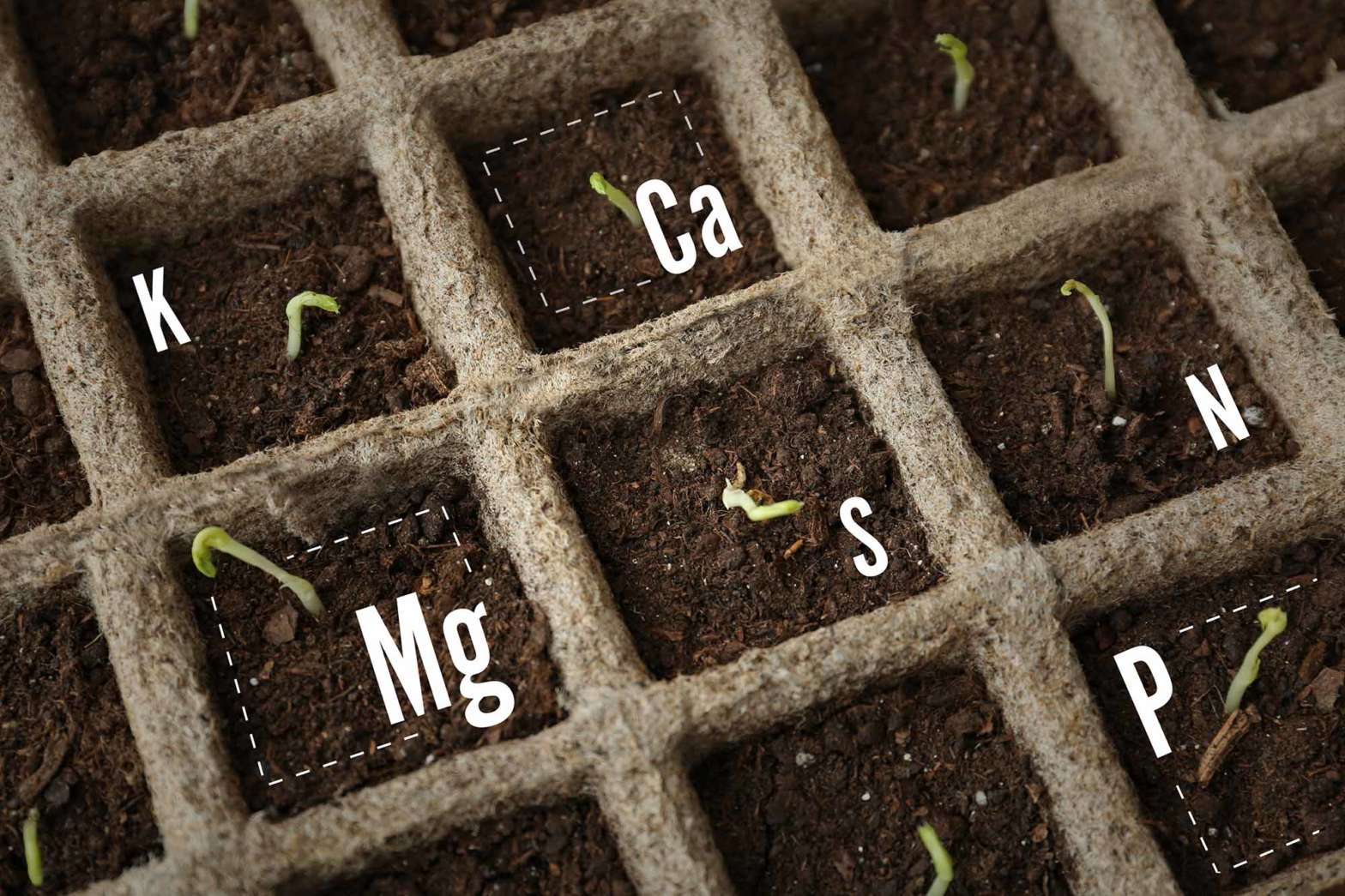The need to provide enough food for the world’s ever-growing population has long driven advances in agriculture. Growers are being tasked with growing more and more in less and less space. Fortunately, advances in our understanding of soil are helping. We now use our knowledge of beneficial fungi in the soil to apply mycorrhizal fungi to roots. And new understandings about decomposition and soil health have led to fulvic acid fertilizer and using humus to bring depleted soils back to life. An overall better understanding of soil’s health has led to greater crop yields, allowing more people to be fed from each acre.
As a home grower, you can apply some of the newest understandings about soil chemistry to enhance the crop yield of your own plants. Fulvic acids (and its big brother, humic acid) are nontoxic, organic compounds that provide plants with essential micronutrients. Some are excellent at promoting root growth, while others can be used to deliver nutrients directly to the leaves and flowers. Take a few minutes to learn about this family of acids and your growing game will never be the same.
Humus and Humic Acids 101
Farmers have understood the importance of humus in plants’ nutrient uptake since the early 18th Century. Since then, the word humus has become synonymous with fertility. Agriculture has ‘leveled up’ several times in the last 300 years, and the modern grower has a much deeper understanding of humus and its connection to soil conditions.

You don’t need to have a degree in chemistry or physics to be a successful gardener. But if you have an understanding of a few essential aspects of soil biology, you will be able to make wise choices when it comes to choosing the right soil and nutrients. Understanding the importance of humus is essential to being an advanced grower.
What is Humus
As mentioned earlier, humus is the portion of soil made up of decomposed organic matter. This organic matter has broken down so completely that no evidence of cellular structure remains. This degree of decomposition takes years, and can continue slowly on a molecular level for millenia.
In addition to organic matter, humus contains minerals worn away from rocks over time. In the right circumstances, these minerals provide essential micronutrients to plants growing in the soil.
Humus provides nutrition not only for healthy plants, but also feeds soil microbes and fungi, which are hallmarks of healthier soils. Its mass adds volume to the soil, which will increase water retention and circulation of oxygen. Although it averages only 2% of soil’s overall volume, humus is the foundation of healthier soils and healthy plants. Simply put, more humus equals healthier soil and healthy plants.
However, not every little speck of humus is useful to plants. Further investigation is needed to pinpoint the most important contributors to our plants’ health. The various bits of matter in humus can be further separated into three categories. These ‘humic substances’ are: humin, humic acid, and fulvic acid. Somewhere in the mixture of these substances lies the essence of plant growth.
Humin
Humin is made of the brown and black specks of organic matter that remains after all water-soluble material has dissolved away. Much humin is visible to the human eye, and it is what gives nutrient-rich soil its hallmark dark coloring. Clay soil is heavy with humin, whereas sandy soil suffers from an absence of it. The particles in humin also give soil volume, which in turn allows it to retain more water.
Humic and Fulvic Acids
Humic and fulvic acids are a huge family of carbon and nitrogen based molecules that dissolve in water at various ph levels. Humic acids are soluble in alkaline water, but not in acidic. Fulvic acids can be dissolved in water of any ph. Fulvic acids are on average 10 to 100 times smaller than humic acids. However, because the range of molecular sizes, and the fact that their shapes can change depending on their environment, there are some instances where a fulvic acid is larger than a humic acid.
A careful grower will note a few important details. The first detail is that water solubility and molecule size are the two characteristics used to categorize the humic acids. The second is that because they vary so much in size, the line between fulvic and humic acids is sometimes hazy. In fact, in much gardening literature, the term ‘humic’ is used to refer to both types of acid. Remember these details as we move on to learn how you can get humic acids working for your plants.
Humic Acid For Plants
Humic acids are the most abundant naturally occurring organic chemicals on Earth. They have been called, “the most important element of healthy, fertile soil.” Put these two facts together and it becomes clear that if you want to maximize your yields, you had better learn all you can about these acids.
Humic acid is a natural end-product of organic decomposition. It can be found in the topmost layer of all but the sandiest of soils. They are so named because they are found in humus — the 3-5% of soil that is made up of decomposed organic matter.
The study of humus and humic acids is among the most complex fields of organic chemistry. These acid chains can take an incredibly wide array of shapes. Growers are learning that the size and shape of these chains affects a plant’s ability to use it. At one end of the spectrum, larger molecules are best absorbed through the soil via the root system; at the other end, the small, fulvic acids are able to penetrate a plant’s cell wall when absorbed through their leaves.
These advances in understanding humic substances have been applied to the commercial plant supplement field. have led to promising fertilizers that take advantage of folic acid’s ability to pass through cell walls. As we will soon see, all humic acids bond with valuable plant micronutrients. When the plant pulls the fulvic acid in, the acid carries the micronutrients with it.
Benefits of Humic Acid for Plants
The benefits of humic acid are well-documented. Plants grown in soil fertilized with humic acid have repeatedly proven that it increases roots, crop height and weight, and is vital for the health of soil microorganisms. The acid does this by helping plants absorb several key nutrients, including Potassium, Magnesium, and Calcium.
Micronutrients like the ones listed above, as well as iron and copper, are available in the soil as large, positively charged ions (Fe+, Cu+ — called ‘cations’). Water has a weak negative charge, but it is enough to combine with the cations and pull them deep into the soil and beyond the reach of your plants’ roots. When enough of these nutrients are leached out of the soil this way, plants will suffer nutrient deficiencies and the soil may, over time, become sandy.
This is where humic and fulvic acids work their magic. These molecules, having been stripped of their soluble elements long ago, are left with a negative charge — which means there are a number of empty slots waiting to be filled by a molecule with a positive charge. Like hungry hungry hippos, the acids scoop up the cations (K+, Mg+, Fe+, etc). Now, instead of the precious nutrients leaching too deeply into the soil, they remain near your plants, cradled by the humic acids.
Once the acids are bonded with the K+, Mg+, Fe+, and other cations, their jobs are only halfway complete. Their next move is essential: humic acids must transfer these nutrients in ion form to the plant’s root cells. How do they do this?
Remember that water has a weak negative charge? Well, roots seek out water and absorb their nutrients from whatever ions are diffused into the water. Once the humic acids are loaded down with cations, their charge switches to positive. So the positively charged, nutrient-packed acids are drawn to the negative charge of water, which is being absorbed by the roots.
In sum, humic and fulvic acids grab nutrients from the soil, prevent them from being washed away, and then bring them to the plant roots’ doorsteps like a molecular Uber-Eats.
Fulvic Acid Fertilizer
Fulvic acids are often included in foliar applications, as they are “the most effective carbon containing chelating compounds known”. In other words, fulvic acid is chock-full of carbon, and grabs every nutritious cation it can bond with.

If you recall from our Humus and Humic Acids 101 section, fulvic acid and humic acid differ primarily in molecular size: fulvic acids are, on average, 10-100 times smaller than humic acids. This size difference gives it a tremendous benefit. Because they are so small, they can readily enter plant roots, stems, and leaves.
Fulvic Acid Foliar Spray
Because of fulvic acid’s ability to be absorbed by stems and leaves, its use provides a unique gateway for growers to deliver nutrients. Fulvic acids entering the plant carry the cations of mineral nutrients directly into plant tissues. As a bonus, their nitrogen-based molecule provides the plant with even more essential material as they release the cations.
It is no surprise then that modern supplement makers are including fulvic acid as a key ingredient in high quality foliar sprays.
How to Make Fulvic Acid
Fulvic acid can be extracted from peat, coal, or compost. It is not an unduly complicated process, and the internet can provide you with recipes. But remember that the fulvic acid takes many shapes, and the quality varies depending on the source used. If your plants are important enough for you to take the time to spray nutrients, they are important enough to find a company with high standards to do the chemistry for you.
Best Fulvic Acid
Unsurprisingly, the best fulvic acid comes from the best laboratories. Humic and fulvic acid can now be synthesized and sorted by molecular size. This means that fertilizers can be manufactured with the most useful acid chains for their purpose.
Humic Acid For Soil
Soil fertilizers can be made with larger, humic acid chains. The larger molecules are less likely to dissolve into water and leach away. And their larger size means they have more branches to chelate (i.e., bond with or ‘grab onto’) a large number of cations — your plants’ essential micronutrients.
Liquid Fulvic Acid For Plants
Foliar sprays, on the other hand, can be made with the smaller-molecule, water-soluble fulvic acid chains. If you are looking to add nutrients in the flowering stage, after root growth has peaked, foliar sprays are your best bet.
Fulvic acid foliar sprays work best when they are paired with micronutrients in the mix — remember, there is no soil to grab those cations when you spray! Find a liquid fertilizer that includes the micronutrients your plants need. The fulvic acid additive will attach itself to the nutrients, which it can then carry with it as it passes through the plant’s cell walls.
Conclusion
The world of fertilizers and growing supplements has been with us since humans picked up farming. In recent decades, scientists have discovered whole new fields within the study of soil. Humus, that critical component of soil health and luscious plants, has taken its rightful place in the forefront of our efforts to grow bigger, brighter, tastier things. No matter what stage of growth your plants are in, fulvic and humic acids are your ticket to next-level growing.

Theo’s posts bring knowledge & understanding to gardeners everywhere. Thank you & keep up the good work :-)
Thank you for the very informative essay. The column covered the topic in an easy to understand format.
Thank you for explaining the action of fulvic acid on plants. My plants are thriving.
Good information. You have really enriched my knowledge on humus and its Derek acids in farming.